Ginger spice comes from the rhizome (an underground stem) of the Zingiber officinale plant, not a true root. This warm, zesty spice has been used for thousands of years in cooking and traditional medicine worldwide. In this article, we'll clarify what ginger spice is, its scientific background, common forms, evidence-based health benefits, and practical culinary uses.
Table of Contents
- What Exactly Is Ginger Spice?
- The Many Faces of Ginger: Forms & Varieties
- Ginger vs Other Common Spices: A Zesty Comparison
- Health Benefits: Evidence-Based Insights
- How to Use Ginger in Your Kitchen
- Buying Guide: Selecting Quality Ginger
- Frequently Asked Questions About Ginger Spice
- Conclusion: Embrace Ginger's Versatility
What Exactly Is Ginger Spice?
Scientifically, ginger is not a root but a rhizome—a modified underground stem—of the Zingiber officinale plant. This perennial species originated in Southeast Asia and is now cultivated globally in tropical regions including India, China, and Nigeria. The part harvested as a spice is the knobby, beige-colored rhizome, which can be used fresh, dried, powdered, candied, or pickled depending on culinary needs.
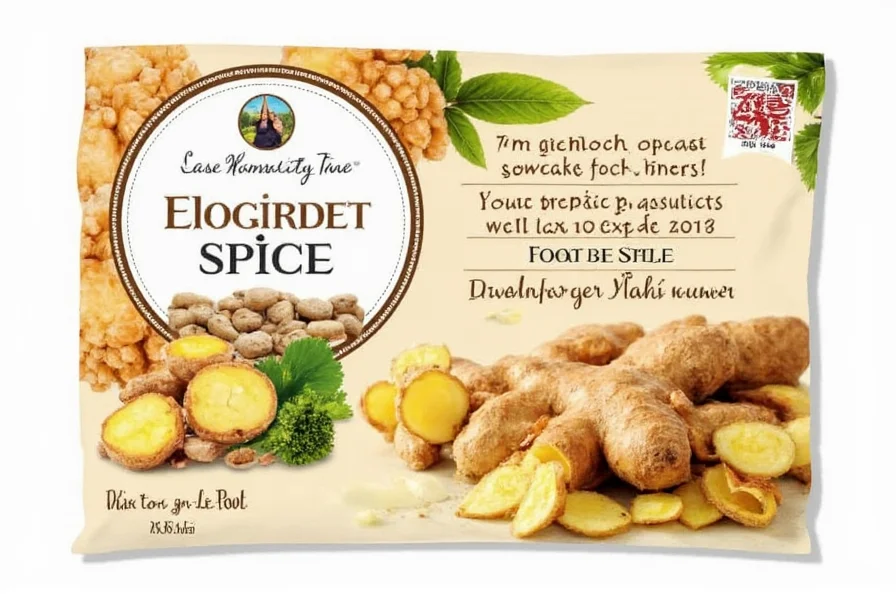
Historically, ginger was valued for both culinary and medicinal purposes. Ancient Chinese and Indian medical texts documented its use for digestive support and anti-inflammatory effects. Modern research, such as studies published in the Journal of Medicinal Food, confirms these traditional applications. Key characteristics include:
- Aroma: Earthy, spicy, slightly sweet
- Taste: Sharp, peppery, with citrus-like brightness
- Texture: Fibrous when fresh; smooth when powdered
- Color: Pale yellow (fresh); darker brown when dried or ground
The Many Faces of Ginger: Forms & Varieties
| Type | Description | Best For | Shelf Life |
|---|---|---|---|
| Fresh Ginger | The raw rhizome with skin intact | Grating into stir-fries, marinades, teas | Up to 3 weeks refrigerated |
| Dried Ginger | Whole dried root pieces | Simmering into broths, infusions | 6 months or more |
| Ginger Powder | Ground from dried ginger root | Baking, spice blends, dry rubs | 1–2 years |
| Candied Ginger | Sugared slices of preserved ginger | Snacking, desserts, calming nausea | 6–12 months |
| Pickled Ginger | Vinegar-soaked thin slices | Accompaniment to sushi, rice dishes | Several months refrigerated |
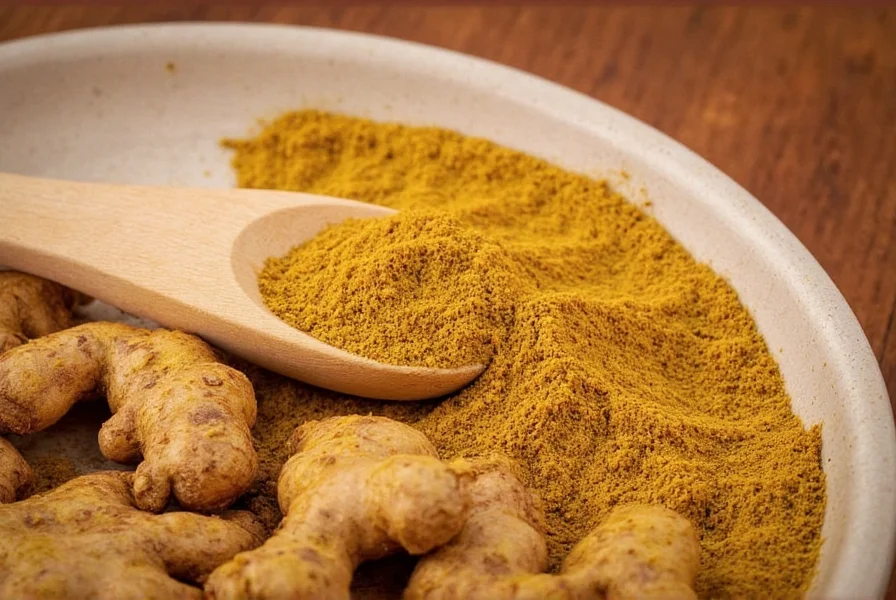
Each form serves distinct culinary roles. Fresh ginger provides a bright, sharp flavor ideal for savory dishes, while powdered ginger offers concentrated earthiness for baking. Candied ginger adds sweetness and chew, and pickled ginger delivers acidity to balance rich flavors.
Ginger vs Other Common Spices: A Zesty Comparison
| Spice | Flavor Profile | Heat Level | Main Use | Substitution Tip |
|---|---|---|---|---|
| Ginger | Earthy, spicy, bright | Mild to moderate | Asian cuisine, baked goods, teas | Use turmeric + black pepper for similar warmth |
| Cinnamon | Sweet, woody | Very mild | Baking, coffee, desserts | Can mimic ginger's warmth in baked goods |
| Turmeric | Earthy, bitter | Mild | Curries, golden milk | Often paired with ginger for flavor depth |
| Nutmeg | Woody, nutty | Mild | Baked goods, custards | Used sparingly as a substitute |
| Galangal | Sharp, piney, citrusy | Moderate | Thai curries, soups | Closest substitute for fresh ginger |
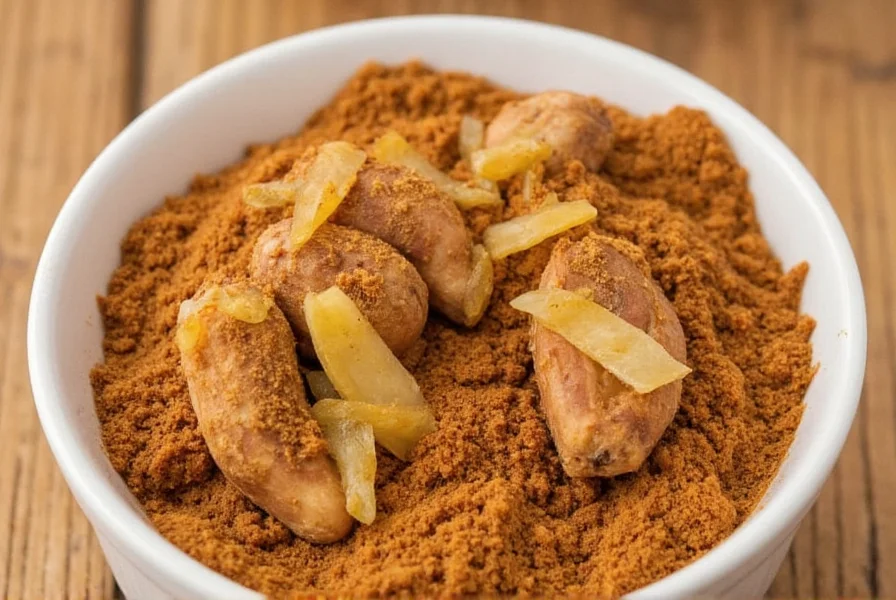
While cinnamon and nutmeg provide sweet warmth, ginger delivers vibrant complexity. Compared to turmeric, ginger has less bitterness and more pungency. Galangal is the closest fresh substitute but lacks ginger's signature citrus notes.
Health Benefits: Evidence-Based Insights
Ginger's health benefits are well-documented in scientific literature. Research from the National Institutes of Health (NIH) and the Mayo Clinic confirms its efficacy for digestive support, nausea relief, and anti-inflammatory effects.
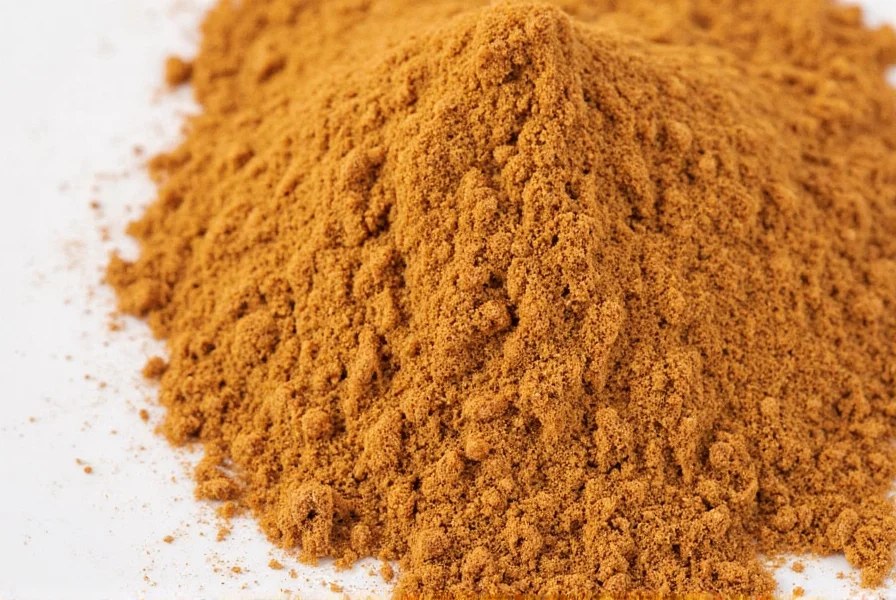
Key Health Benefits Supported by Research:
- Nausea Relief: NIH studies show ginger effectively reduces motion sickness, morning sickness, and post-operative nausea due to gingerol compounds.
- Anti-Inflammatory Action: Gingerol inhibits inflammatory pathways, with clinical trials demonstrating reduced pain in osteoarthritis patients.
- Digestive Aid: Stimulates saliva and bile production, improving digestion efficiency as noted in the Journal of Gastroenterology.
- Immune Support: Antimicrobial properties help combat viruses and bacteria, per research in Phytotherapy Research.
- Blood Sugar Regulation: Some studies suggest ginger may improve insulin sensitivity in type 2 diabetes management.
Always consult a healthcare provider before using ginger for medical purposes, especially if taking blood thinners or managing chronic conditions.
How to Use Ginger in Your Kitchen
Ginger's versatility makes it invaluable in cooking. Here are science-backed tips for optimal use:
Top 10 Practical Tips for Cooking with Ginger:
- Peel Efficiently: Use a spoon instead of a knife to preserve more flesh and reduce waste.
- Grate Precisely: Microplane graters maximize flavor extraction with minimal effort.
- Pair with Citrus: Lemon or lime juice enhances ginger's natural brightness in dressings and sauces.
- Infuse Liquids: Add slices to oils or vinegars for long-lasting flavored bases.
- Toast Ground Ginger: Light toasting intensifies aroma and depth before use.
- Freeze for Convenience: Grate frozen ginger directly into dishes without thawing for extended freshness.
- Make Ginger Tea: Simmer slices in water with honey and lemon for a soothing remedy backed by clinical studies.
- Add to Smoothies: A thumb-sized piece blends well into tropical or green smoothies for a spicy kick.
- Boost Baked Goods: Powdered ginger adds warm, earthy notes to cookies and cakes.
- Explore Fermentation: Ginger bug or ginger beer provides probiotic benefits for gut health.
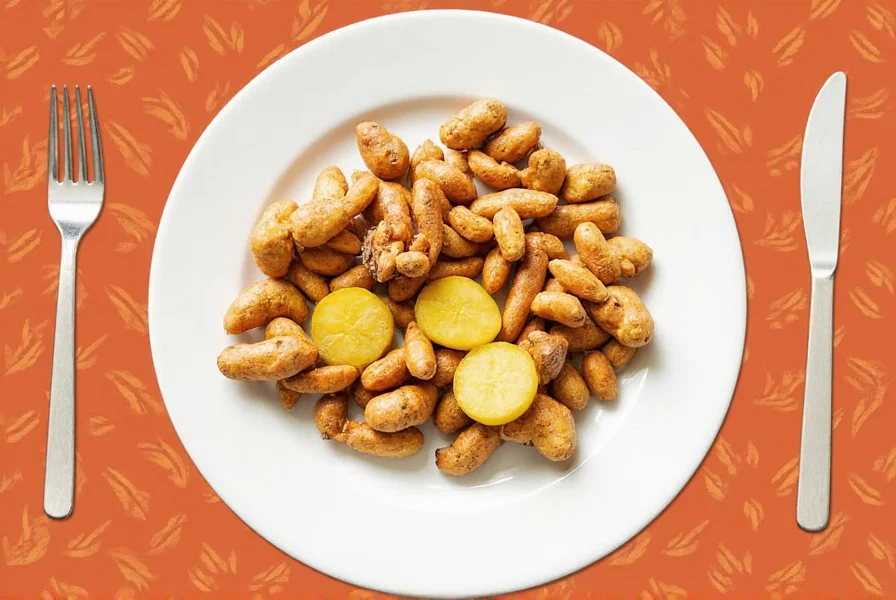
Experiment freely—ginger is forgiving and enhances almost any dish with its complex flavor profile.
Buying Guide: Selecting Quality Ginger
When purchasing ginger, prioritize freshness and minimal processing:
How to Choose the Best Ginger:
- Fresh Ginger: Select firm, smooth-skinned rhizomes without wrinkles or mold. Avoid shriveled pieces indicating age.
- Dried Ginger: Choose pieces that snap cleanly (not crumble) for optimal potency.
- Ginger Powder: Opt for organic, non-GMO certified brands with uniform color and no clumping.
- Candied Ginger: Look for products with minimal added sugar and visible ginger pieces for authentic flavor.
- Pickled Ginger: Prefer naturally fermented versions for probiotic benefits; avoid artificial preservatives.
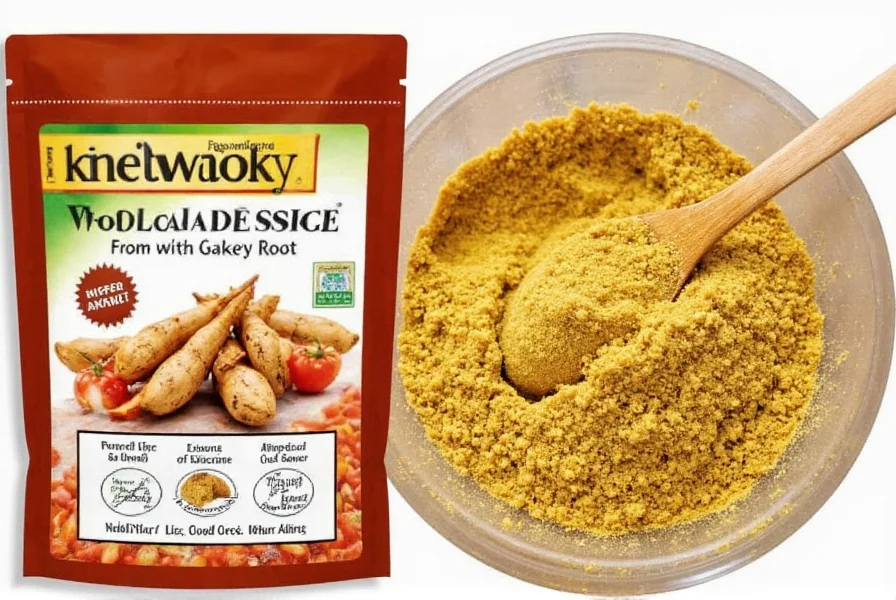
For maximum health benefits and flavor, choose organic, minimally processed options. Always check labels for additives like sulfites in dried ginger or excessive sugar in candied varieties.
Frequently Asked Questions About Ginger Spice
What exactly is ginger spice?
Ginger spice comes from the rhizome (underground stem) of the Zingiber officinale plant. It is not a true root but a modified stem. The term "spice" refers to any aromatic plant part used for flavoring food, and ginger qualifies as such whether used fresh, dried, or powdered.
Is ginger a root or a spice?
Scientifically, ginger is a rhizome (a type of stem), not a root. It is classified as a spice when dried and ground, though fresh ginger is also used as a spice in culinary applications. The distinction is botanical: roots grow downward from stems, while rhizomes grow horizontally underground.
What's the difference between fresh ginger and ginger powder?
Fresh ginger has higher moisture content, delivering a brighter, more citrusy flavor with sharper heat. Powdered ginger is more concentrated, earthy, and slightly sweeter due to dehydration. Generally, 1 tablespoon fresh grated ginger equals 1/4 teaspoon ground ginger. Fresh ginger excels in savory dishes and teas, while powder is ideal for baking and spice blends.
What are the main health benefits of ginger spice?
Research from the National Institutes of Health (NIH) and Mayo Clinic confirms ginger's benefits: it reduces nausea (including morning sickness), acts as an anti-inflammatory for joint pain, aids digestion by stimulating bile production, supports immune function through antimicrobial properties, and may improve insulin sensitivity. Always consult a healthcare provider before using ginger medicinally.
How should I store ginger to make it last longer?
Store unpeeled fresh ginger in a paper bag in the refrigerator's vegetable drawer for up to 3 weeks. For longer storage, place it in a sealed container with a paper towel to absorb moisture. Freeze whole or sliced ginger for indefinite freshness—grate directly from frozen. Dried and powdered ginger should be kept in airtight containers away from light and heat.
Can ginger spice go bad?
Yes. Fresh ginger spoils when moldy, shriveled, or soft. Powdered ginger loses potency after 1-2 years and may develop off-odors. Candied or pickled ginger can mold if exposed to moisture. Always inspect for visual changes, unusual smells, or taste alterations before use.
Is ginger safe for everyone to consume?
Ginger is safe for most people in culinary amounts. However, those on blood thinners should consult a doctor due to potential bleeding risks. Pregnant women should discuss ginger use with their healthcare provider, though moderate amounts (e.g., ginger tea) are generally safe for morning sickness. Individuals with gallstones should also seek medical advice before regular consumption.
Can I substitute other spices for ginger in recipes?
No substitute perfectly replicates ginger's unique profile. Galangal is the closest fresh alternative for savory dishes (common in Thai cuisine). For ground ginger in baking, a blend of cinnamon, nutmeg, and a pinch of cloves can provide similar warmth. Turmeric with black pepper offers earthy notes in savory dishes but lacks ginger's citrus brightness.
Conclusion: Embrace Ginger's Versatility
Ginger spice is far more than a kitchen staple—it's a scientifically validated ingredient bridging flavor, tradition, and wellness. Whether enhancing a morning tea or elevating a weekend curry, ginger delivers consistent benefits backed by centuries of use and modern research.
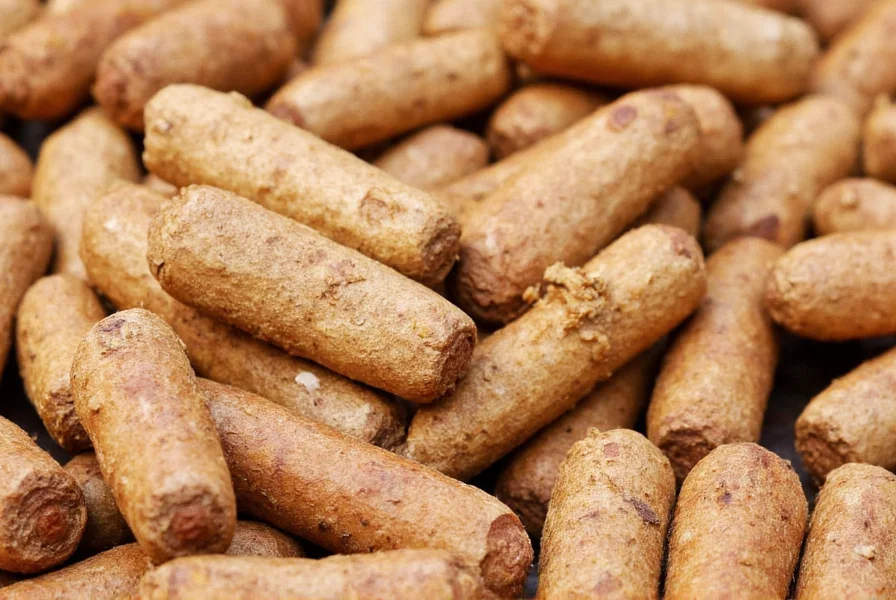
Next time you're shopping, choose fresh, high-quality ginger and experiment confidently. Its unique profile transforms ordinary dishes into extraordinary experiences. Stay curious, stay spicy!

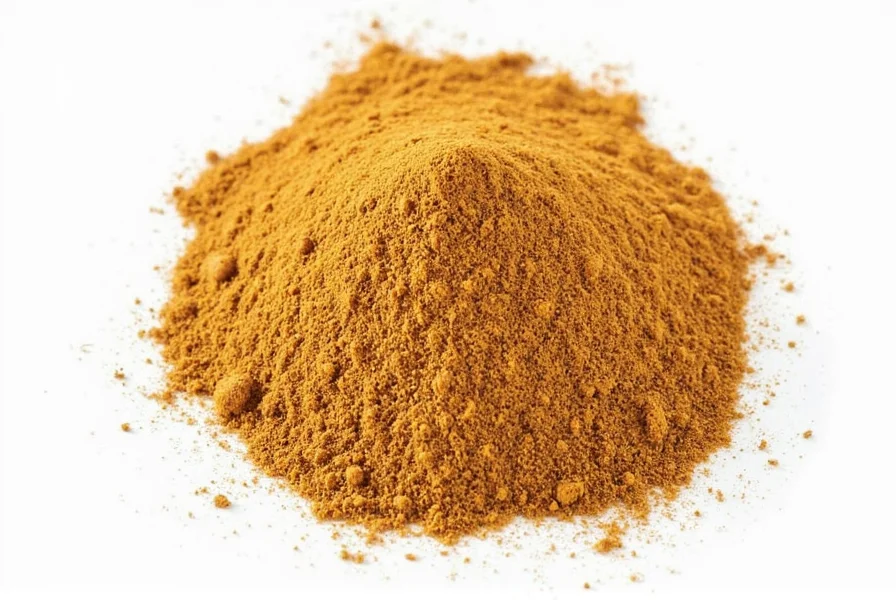









 浙公网安备
33010002000092号
浙公网安备
33010002000092号 浙B2-20120091-4
浙B2-20120091-4